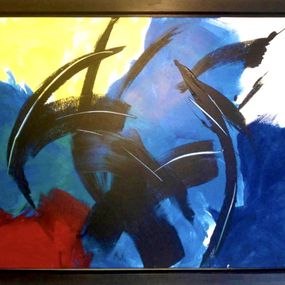
Presentation
Jean Miotte (1926 – 2016) was a contemporary French painter born in Paris. He studied mathematics and then switched to painting in 1945. He studied in Montparnasse, in the studios of painters Othon Friesz and Zadkine. In 1953, he held his first exhibition at the Salon des Réalités Nouvelles, which he attended every year thereafter. He is representative of Informal Art and lyrical abstraction. Informal Art refers to a movement characterized by the absence of traditional form and a redefined composition. This movement was born in Europe in the post-war period.
Inspired by Rouault and Matisse, Miotte attaches great importance to the choice of colours that are traced and swept on the canvas in such a way as to bring out "that sacred element in the energy of life". He went through a figurative period before evolving towards a more gestural painting. His paintings have a choreographic character, they suggest movement while rejecting corporality. He spent a few months in the United States and established relationships with renowned artists such as Rothko, Calder and Lipchitz, who inspired him. Influenced by them, he started a more descriptive work, with more marked contrasts, over wider supports.
Jean Miotte sought to create a universal language defined by abstraction and the notion of movement, of gesture. Through his work, he succeeded in breaking down cultural barriers and create a form of unity.
Miotte's works have been exhibited in museums and galleries all over the world, including the Musée d'art Moderne de la Ville de Paris, the Guggenheim Museum and the Museum of Modern Art in New York, the Ludwig Museum in Cologne, the Museum am Ostwall in Dortmund, the Saarlandmuseum in Saarbrücken and the Pinakothek in Munich. In addition, in 2002, he opened his own foundation in New York with a permanent collection of works.
Filter by :

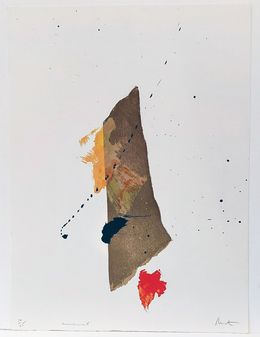

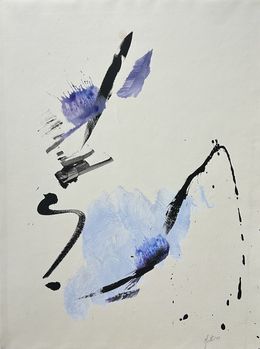



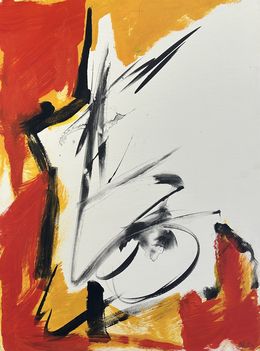
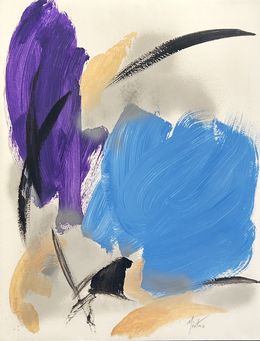

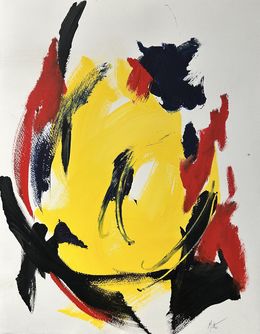

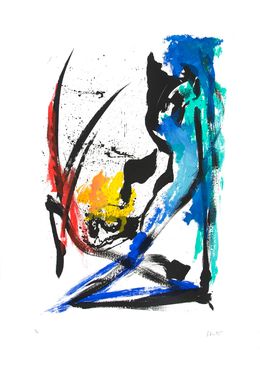

Pour les vingt ans de la Différence
Jean Miotte
Print - 76 x 46 x 0.2 cm Print - 29.9 x 18.1 x 0.1 inch
$388

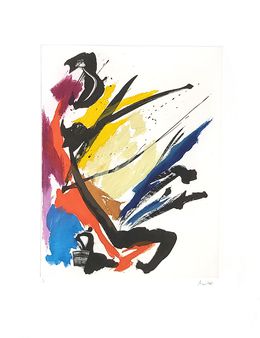
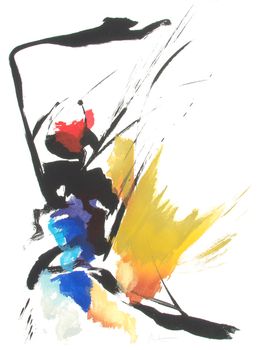
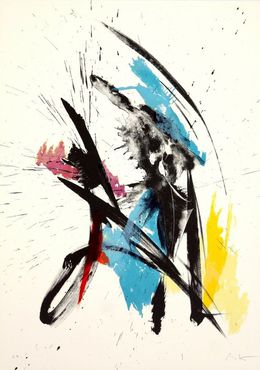
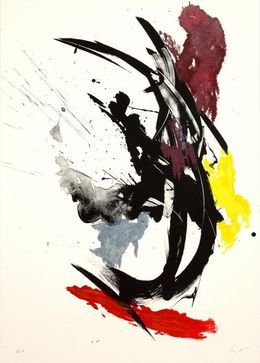
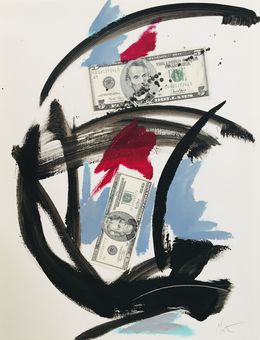

Composition sur fond noir, ca.
Jean Miotte
Print - 65 x 48 x 0.2 cm Print - 25.6 x 18.9 x 0.1 inch
$721
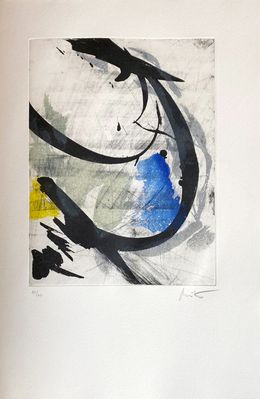
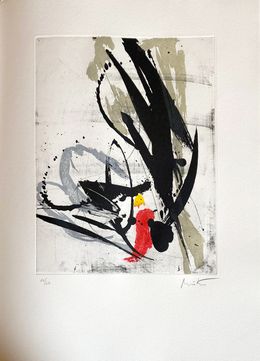
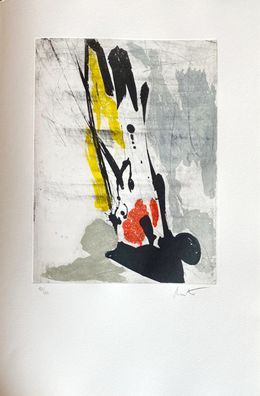
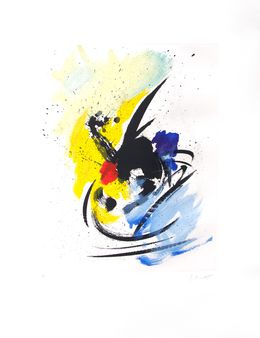
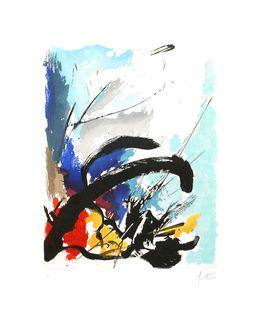


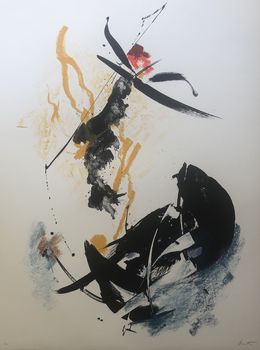






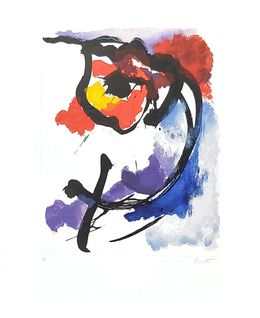



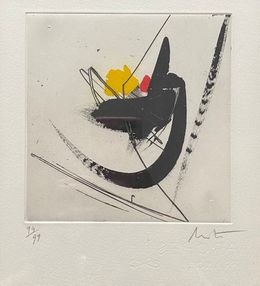
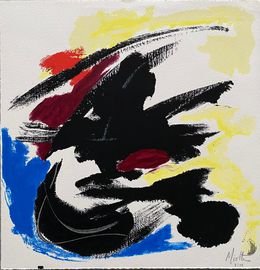


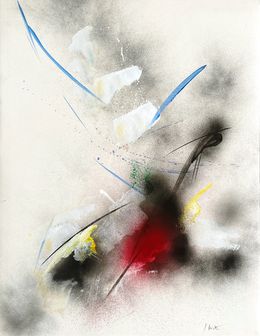



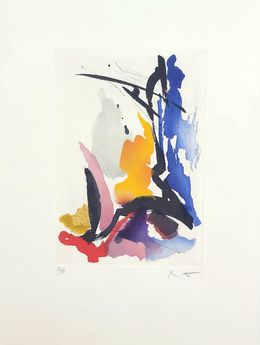
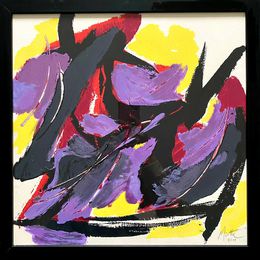
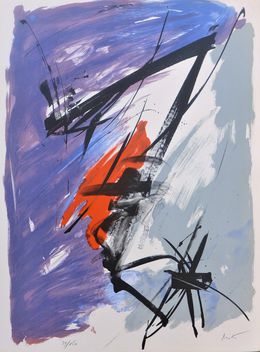
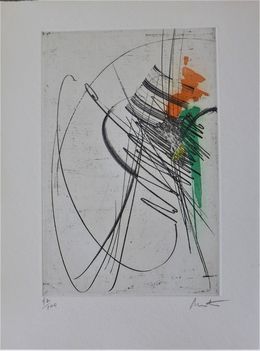


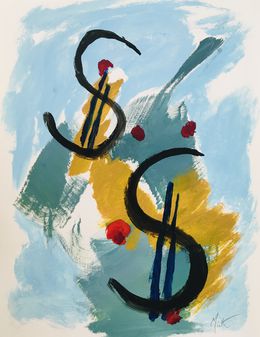
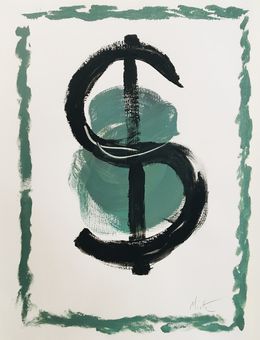

Composition
Jean Miotte
Painting - 130 x 97 x 5 cm Painting - 51.2 x 38.2 x 2 inch
Price upon request

Composition
Jean Miotte
Painting - 97 x 64 x 3 cm Painting - 38.2 x 25.2 x 1.2 inch
Price upon request
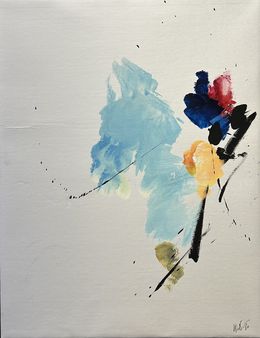

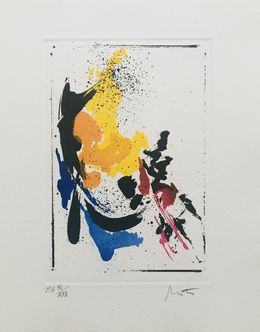
Discover our selections of works by artists
What are their 3 main works?
What is Jean Miotte’s artistic movement?
When was Jean Miotte born?
